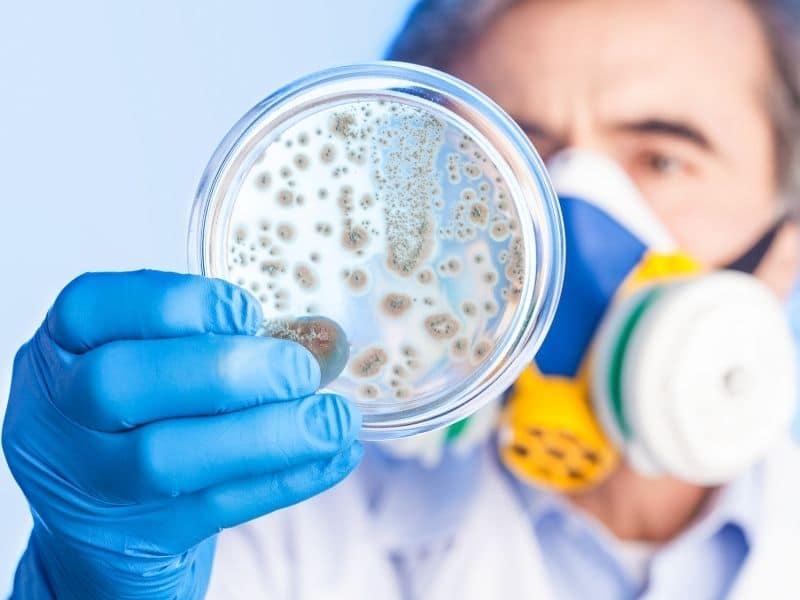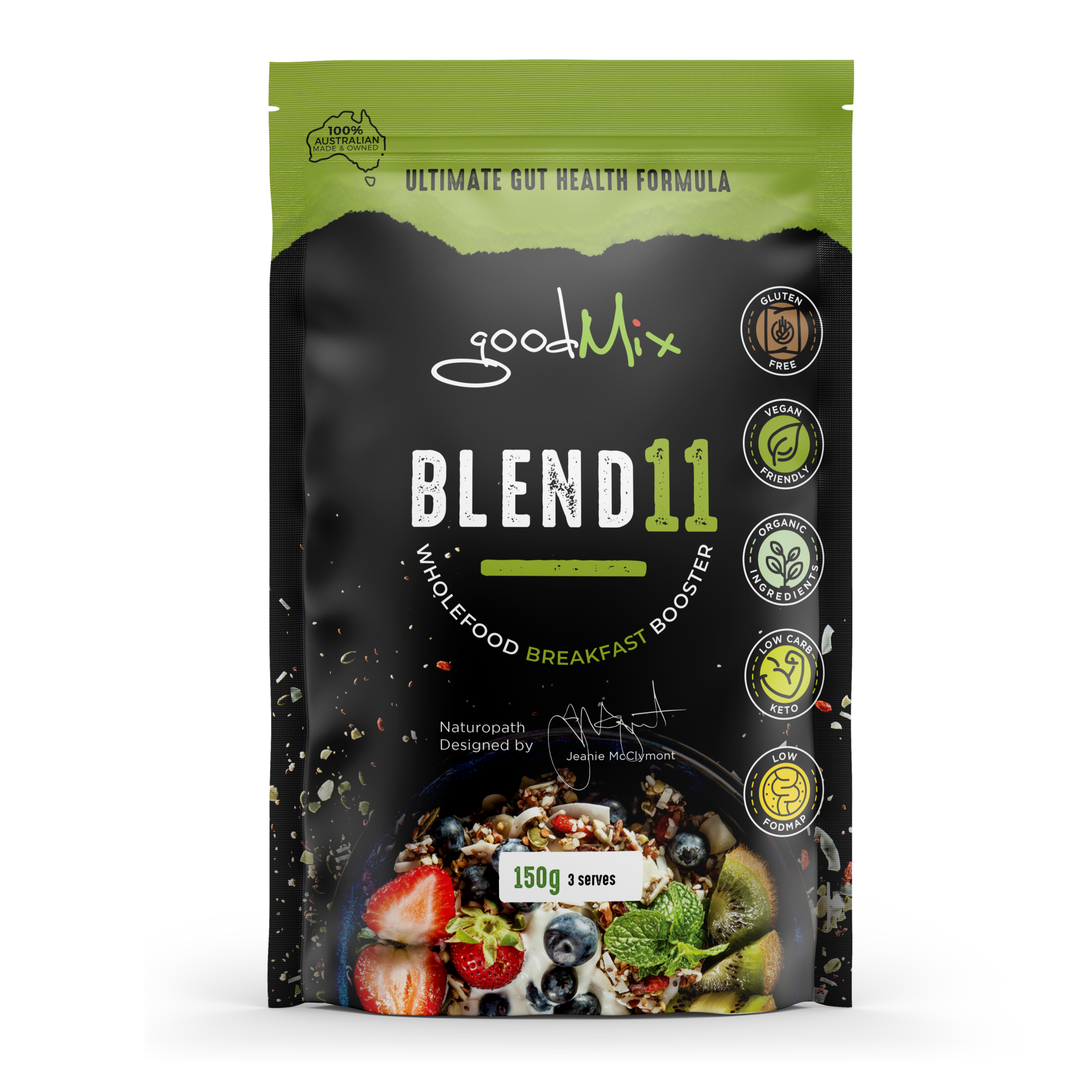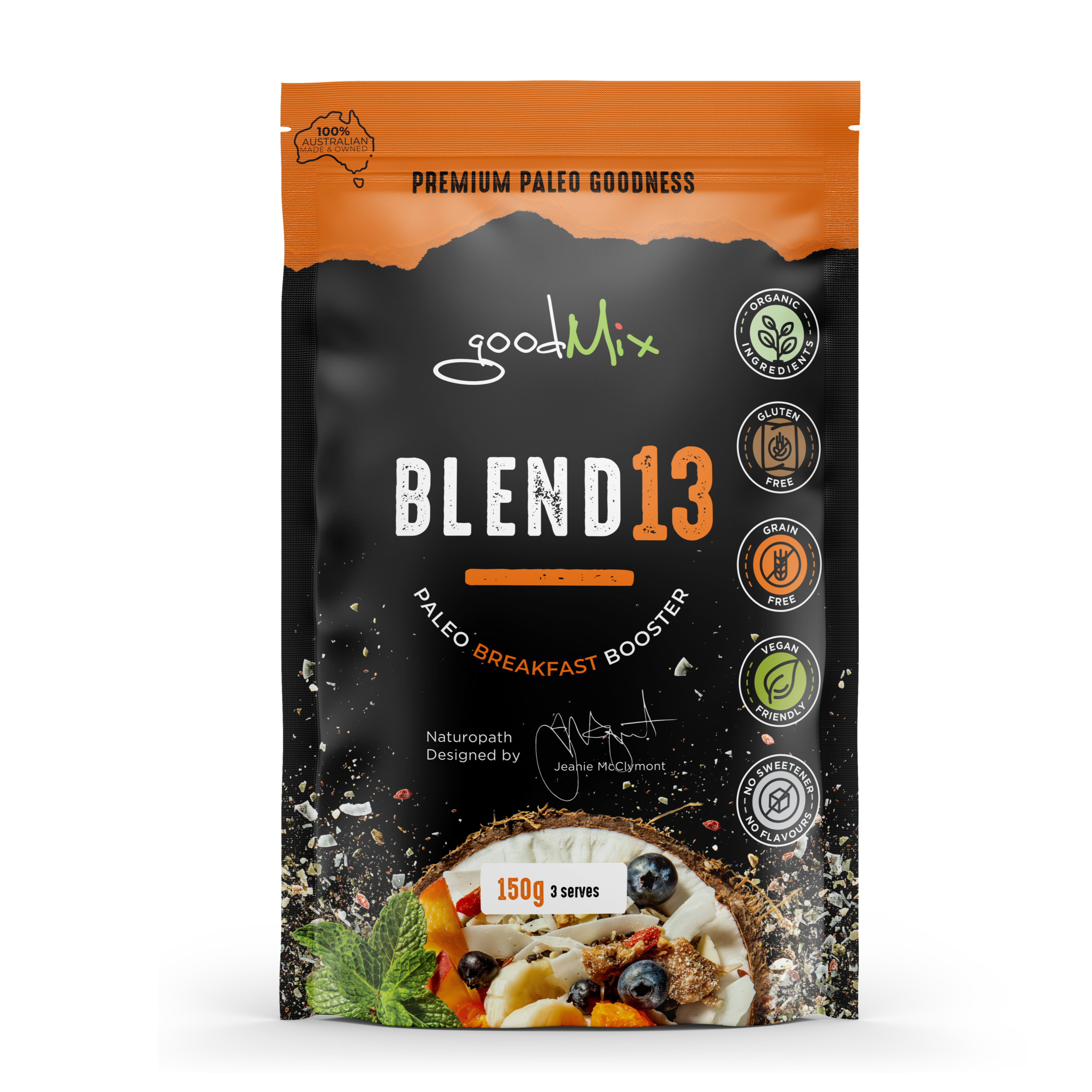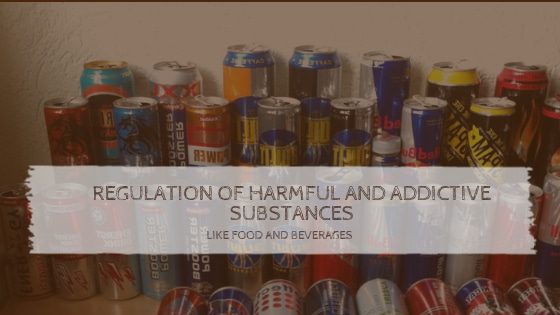
Microbes - They're Not All Friendly!
I often find myself bleating on about how wonderful microbes are - & that we should all embrace them & live in harmony with them, like one big happy family.
That’s mostly true, the vast majority of microbes that live on, inside & around us pose no major problem to us humans, & many are often super-helpful. But crikey - there are some seriously scary microbes out there too, here’s a reminder of just a few devastating human diseases caused by some of the nastiest microbes! I’ve just scoured through some statistics & medical history sites to find this info, the death numbers & years do vary a little from site to site, but as unbelievable as they sound - these should all be pretty close.




